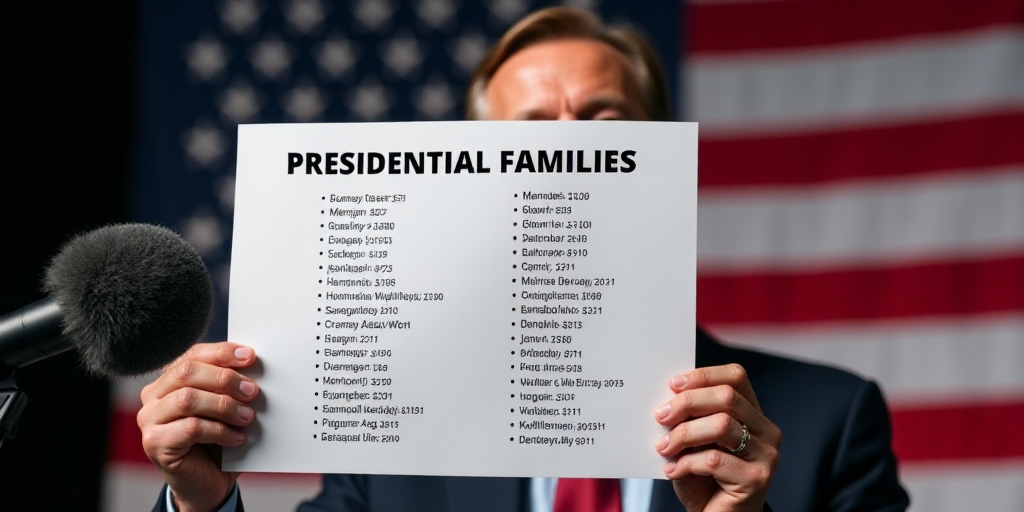Key Players and Background
President Donald Trump’s unpredictable administration is currently in negotiations with the United States’ trade partners, as a July 9 deadline for reinstating tariffs approaches. In early April, Trump announced “reciprocal” tariffs against the rest of the world, imposing a minimum 10% surcharge that rises to 50% for countries exporting more to the U.S. than they import from it.
Donald Trump, the 45th President of the United States, has been a central figure in these trade negotiations. His administration’s approach to international commerce has been marked by protectionist policies, aiming to level the playing field for American businesses and industries. The recent tariff threats are part of this ongoing strategy.
Potential Tariff Scenarios
Experts have identified three possible scenarios regarding the tariffs:
- Reach an agreement with Washington
- Obtain a deadline extension
- Face higher tariffs
Comprehensive Agreements (“Marco” Agreements)
According to U.S. Treasury Secretary Scott Bessent, there will be a set of agreements reached before the July 9 deadline. Bessent has repeatedly emphasized that Washington is focusing on reaching agreements with 18 key partners.
Vietnam, India, and Taiwan are considered promising candidates for these agreements. If no agreement is reached, the reciprocal tariffs will increase: Vietnam’s 10% tariff will rise to 46%, India’s 26%, and Taiwan’s 32%. Josh Lipsky, an expert from the Atlantic Council think tank, points out that India remains a leading candidate for such an agreement despite recent setbacks in negotiations.
Experts, however, deem it unlikely that these agreements will transform into full-fledged trade deals. Since April, the U.S. has only announced a framework agreement with the United Kingdom and a temporary reduction in tariffs with China.
Deadline Extension
Scott Bessent stated that countries negotiating in good faith could avoid the minimum 10% surcharge. The decision, however, rests with President Trump.
South Korea appears well-positioned to secure an extension due to its ongoing political transition. Josh Lipsky believes that numerous countries will avoid tariffs for an extended period. Bessent suggested that the U.S. government might finalize all agreements by Labor Day, September 1, implying that many negotiations would continue past the July 9 deadline.
Higher Tariffs
Scott Bessent warned that countries deemed “recalcitrant” might face the initial reciprocal tariff. Japan’s reluctance to further open its market for U.S. rice and the U.S.’s resistance in reducing automobile tariffs could reinstate the 24% duty promised to Tokyo in April.
President Trump has not ruled out tariffs as high as 50%. The European Union risks facing higher import taxes on its products entering the U.S. market, with Commissioner Maros Sefcovic currently in Washington to prevent this outcome.
Key Questions and Answers
- What are the potential tariff scenarios for Trump before July 9?
Three possible scenarios exist: reaching agreements with Washington, obtaining a deadline extension, or facing higher tariffs.
- Who are the key players in these negotiations?
President Donald Trump, U.S. Treasury Secretary Scott Bessent, and key trade partners like Vietnam, India, Taiwan, Japan, South Korea, and the European Union are central to these negotiations.
- What are the consequences if no agreement is reached?
If no agreement is reached, tariffs will increase for Vietnam (to 46%), India (to 26%), and Taiwan (to 32%). Higher tariffs may also affect Japan, the European Union, and other countries.






